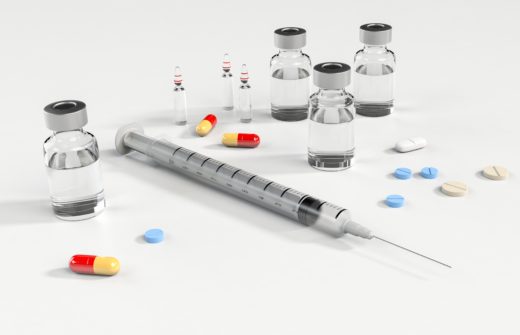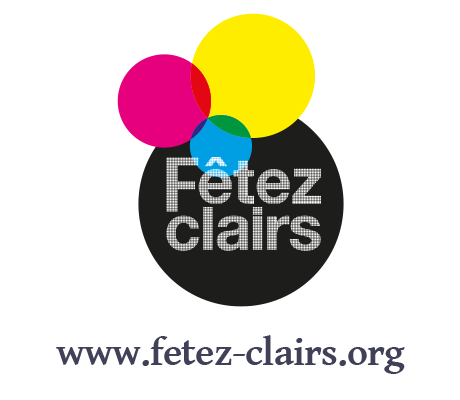With combustion, tobacco and paper produce tar containing many carcinogenic substances. They are inhaled as microscopic droplets (smoke) and seep into the lungs. Smoke itself slows down the natural purification phenomenon of the lungs, increasing the risk of chronic bronchitis. Those tars have a slow impact, but they can cause cancers, sometimes years after withdrawal. What’s more, carbon monoxide (CO) is produced during combustion. It is persistently fixed in place of oxygen in red blood cells and reduces the oxygenation capabilities of the smoker. You can exercise less, your physical abilities are limited. Finally, tobacco use leads to cardiovascular diseases, risk is amplified for women taking the pill. It can cause impotence to men.
Nicotine is involved in tobacco dependence, which is very powerful. A few minutes after his last cigarette, an addicted smoker feels a craving: he’s tense, nervous, irritable and lacks concentration. It can be difficult to repress his will to smoke another cigarette.
Français






